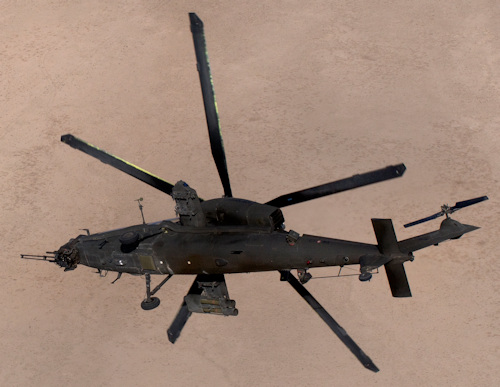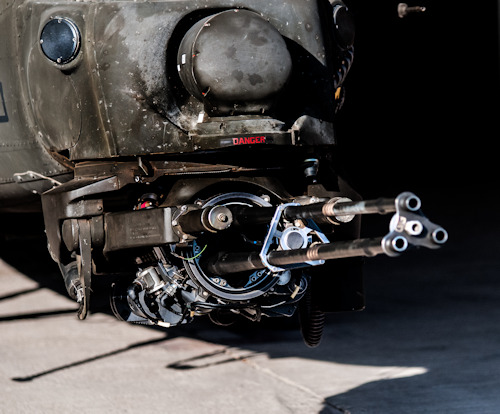For some time now, a successor of the AW-129 attack helicopter has been working on it Mongoose (in the images the "DELTA" version). From the day of his first flight (which occurred in 1979) the Mongoose he participated in all the international missions of the Italian armed forces, passing from Somalia to Afghanistan. During these operations the aircraft showed inevitable structural limitations.
In fact, the initial project was to build a chaser helicopter (armed with TOW wire-guided missiles and 70 mm rockets) that operated in the Veneto-Friuli plain, which does not have, for example, the geographical and altitude features (without counting very fine dust). of operating theaters like the Afghan one, where i Mongoose took off with the shots for the 20 mm gun, on one wing the two I-TOW missiles while on the other an additional tank was hooked to increase its autonomy. However, the aircraft proved its effectiveness, so much so that the Taliban militants baptized it The Black Death.
The new helicopter - to which the AVES will assign the politically correct abbreviation of NEES, New Exploration and Escort Helicopter - will have a take-off mass of 7 / 8 tons (against the 4,6 tons of the predecessor).

The general configuration follows that of the Mongoose, with bigger dimensions but with the crew seats always in tandem (the armament officer ahead and the pilot behind), with the propellers placed side by side.
The propulsive part, engines, transmissions, rotors (main five-blade, anti-torque four) as well as other components, is yet to be defined, however it could be used as a propeller that of the AW-149, a machine developed for military use.
The estimated performance should be higher than NH-90, as well as autonomy, for the time indicated in about three hours. With additional external tanks (up to four) it could grow further, for example for long transfer flights.
It is conceivable that the rotor will be foldable, in such a way as to be able to use the helicopter on board the naval units and facilitate transport on board the cargo planes, without having to disassemble the rotor. Certainly the aircraft will have a special treatment against the corrosion of salt, just to operate even in the marine environment.
As for the protection will be ensured by advanced type of armor and special measures, able to ensure the survival of the aircraft even in the case of serious damage. Electronic alarm systems will also be installed, including those to detect approaching missiles. The new active jammers of Electronics, like the ELT-572, which is being installed on several Italian carriers (airplanes and helicopters). There will be a whole series of chaff and flares to fool infrared-guided surface-to-air missiles.

Given the higher mass, compared to Mongoose, the new helicopter can carry a war load equal to 1.800 kg, against the 800 kg of its predecessor.
At the bow will always be installed a cannon with three barrels rotating from 20 mm, probably the TM-179B, the most modern version. With a tank located below the pilot position (therefore closer to the machine's center of gravity) with a capacity of 500 strokes.
The four wing air piers can carry up to 16 laser-guided missiles, of Israeli manufacture, Rafael Spike (in version Long Range Extended Range or NLOS, No Line Of Sigth, with a maximum range of 30 km and equipped with automatic target search system). Furthermore, in the case of external pylons, in the event of satisfying a request from a foreign customer, there will be the predisposition for the installation of infrared-guided air-air missiles (such as Stinger or the most performing AIM-9L Sidewinder), thus increasing the self-defense capabilities of the aircraft.
Obviously the new helicopter already arouses the interest of many countries, especially those of Eastern Europe that need to replace the now elderly MIL MI-24 Price former Soviets. The same AW-129 are still attractive machines for those with few funds and the need for non-modern carriers, in this way you could recover some of the money to invest in the new program.
(photo: Giusy Cosentino)












